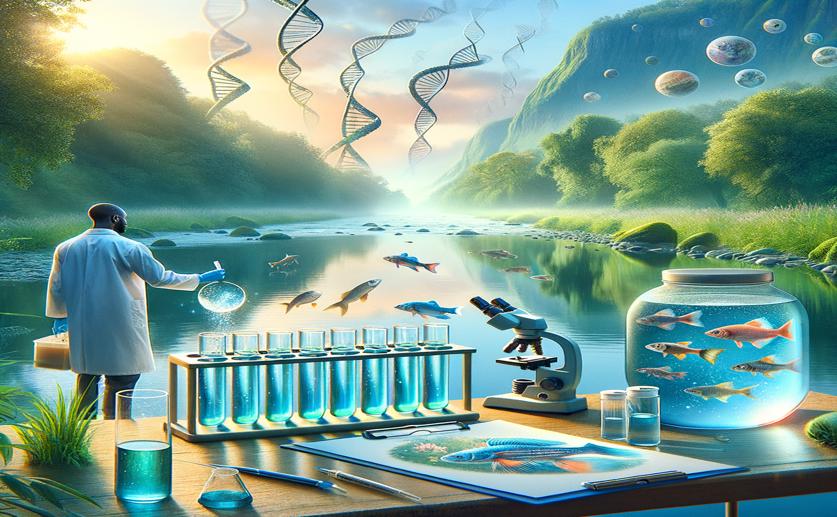
Testing for River Fish DNA and RNA in Environmental Samples
Jim Crocker
18th March, 2024

Image Source: Natural Science News, 2024
Key Findings
- In a Japanese study, nuclear genes in eDNA/eRNA allowed better detection of fish species than mitochondrial genes
- eRNA showed more variability than eDNA, making it less reliable for estimating fish numbers
- These insights can improve aquatic species monitoring and conservation efforts
EnvironmentGeneticsMarine Biology
References
Main Study
1) Comparative evaluation for the performance of environmental DNA and RNA analyses targeting mitochondrial and nuclear genes from ayu (Plecoglossus altivelis).
Published 16th March, 2024
https://doi.org/10.1007/s10661-024-12535-z
Related Studies
2) Utilizing the state of environmental DNA (eDNA) to incorporate time-scale information into eDNA analysis.
3) Meta-analysis shows both congruence and complementarity of DNA and eDNA metabarcoding to traditional methods for biological community assessment.
4) Complex interactions between environmental DNA (eDNA) state and water chemistries on eDNA persistence suggested by meta-analyses.



 11th March, 2024 | Jenn Hoskins
11th March, 2024 | Jenn Hoskins